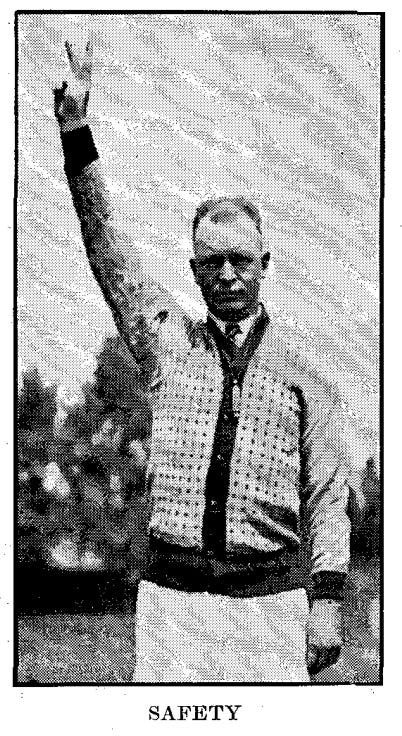Terminology... Rouge, Safety, and Touchback
This is article #18 in a series covering the origins of football’s terminology. All are available under the Terminology tab above. My book, Hut! Hut! Hike! describes the emergence of more than 400 football terms.
As rugby evolved in England, there were competing scoring rules, some of which awarded the opponent a point when a team touched the ball down in their own goal and was known as a minor or a rouge. When America's Intercollegiate Football Association created its rules in 1876, it used a version of rugby rules that did not include the rouge. However, some playing rugby in Canada used the rules with the rouge, and the rouge made its way into the Canadian game
Early American football did not include the rouge. Instead, if a team had the ball deep in their territory, they could touch it down in their own goal and then take it out to the 25-yard line, where they could either retain possession or dropkick to the other team. Teams touching the ball down in their own goal were playing it safe, and the tactic was known as a safety touchdown, later shortened to safety.
As might be imagined, some teams used the safety touchdown so often that it hindered the spirit of the game (see the Yale-Princeton block games of 1880 and 1881) that they changed the rule. Under the new rule, teams that cause the ball to go behind their goal line and touch the ball down in goal commit a safety, and the opposing team earns one point (in 1883). The opposing team began receiving two points per safety starting in 1884.

The same rule determined that if the opposing team had caused the ball to go behind the goal line before it was touched down, it became a "touch in goal" or touch-back. Teams taking a touchback also scrimmaged or kicked from the 25-yard line, but the opponent did not receive points.
Football Archaeology is reader-supported. Click here to buy one of my books or otherwise support the site.

